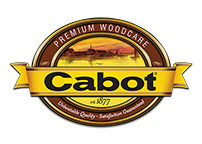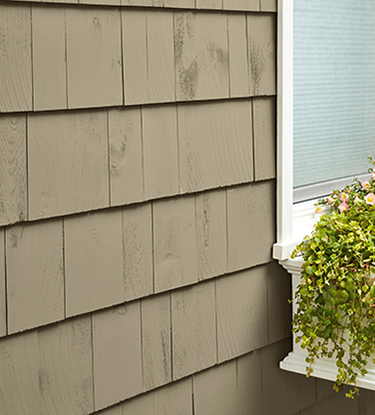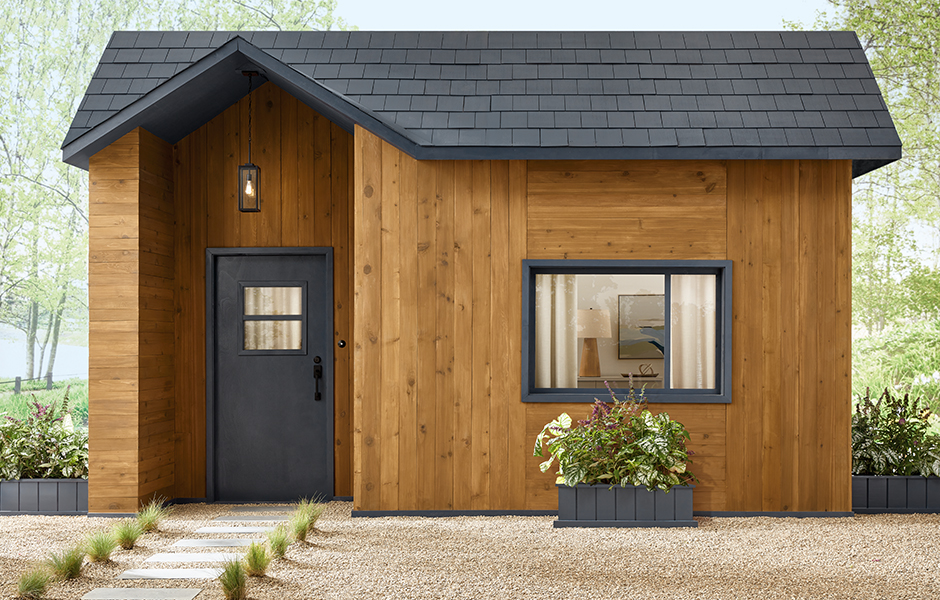
A QUICK GUIDE TO CEDAR SIDING
Red Cedar has always been a popular choice for siding, and with good reason: It's a naturally durable wood that retains its shape and holds finishes extremely well.
Plus, cedar is available in a variety of patterns and grades, so you can find the combination that’s just right for your home’s style and your budget.
But where do you begin? Here’s a quick guide to help you make the best choice.
Clear grades have few flaws (such as knots or splits) and, because of their superior quality and appearance, tend to be more expensive. They also accept paints, stains and water repellents easily. Clear grades tend to give a home a more refined, upscale look.
Knotty grades have, as their name suggests, larger and more frequent knots than “clear” grades. Knotty siding has warmth and casual charm and is ideal for homes, cottages and structures where a rustic appearance is desired.
CHECK YOUR SEASONING
Seasoned cedar simply means that the wood has been kiln-dried to remove moisture. This minimizes shrinkage after installation and helps to ensure a better finish. Before applying a finish to your cedar, the moisture content should be below 15%, so check with your supplier to find out the moisture content of the wood they sell.
Wood that is unseasoned is often called “green” and it must be allowed to dry for 30 days prior to finishing and installation.
DECIDE ON A TEXTURE
Cedar siding can be specified in one of three surface finishes—smooth, rough and saw-textured.
Smooth surfaces show the grain patterns and variations more than other textures when you apply a clear or semi-transparent finish.
Rough-sawn surfaces can add a rustic, weathered look to your home. Saw-textured cedar is milled in such a way that it shows the markings made by the saw in the process.
CHOOSE A PATTERN
Cedar siding can be installed in a variety of patterns, including the common “bevel” pattern, also known as “clapboard.” This is the only pattern that must be installed horizontally. Other patterns are tongue and groove, channel rustic and shiplap, which all can be installed horizontally, vertically or diagonally. Each lends itself to different looks and situations.
Properly finished and maintained cedar siding will age gracefully and endure for decades. No wonder it’s such a popular choice amongst homeowners.

